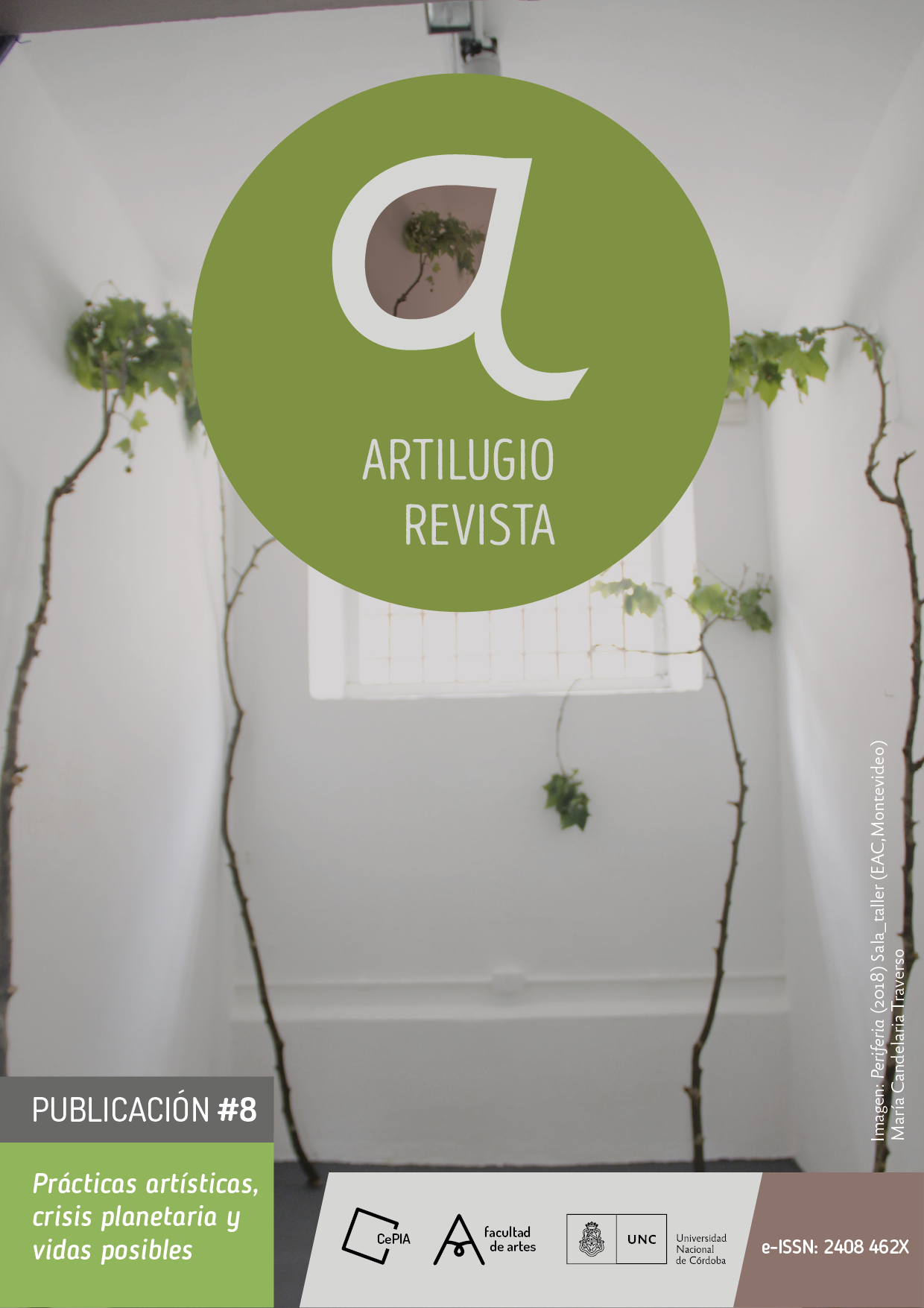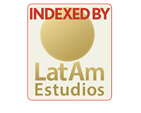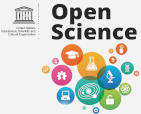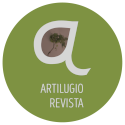A Sensorial Rainforest. Haptic Spatiality in Ernesto Neto's installations
DOI:
https://doi.org/10.55443/artilugio.n8.2022.38638Keywords:
Textile and Installation Art, Amerindian communities, Ernesto Neto, Sensoriality, Natural SpaceAbstract
In this article I study some sculptures and interactive-tactile installations of Brazilian artist Ernesto Neto in light of contributions on hapticity and affect from the field of “Affective Turn”, and considering how some art practices see themselves as a “cure” in a natural environment in crisis. By using everyday materials and techniques such as aromatic spices, synthetic threads, textiles, and crochet, Neto's sculptural installations invite a sensory experience that involves different modes of perception/immersion. At the crossroads between sculpture, installation and textile art, his works challenge the viewer to invert the hierarchy between the senses of sight, smell and touch, at the same time that the collaborative nature of the work produces a physical experience that actively influences the relationship between the participants. This affective and performative component of the haptic and spatial practices in Neto's works is central to the articulation of “new ways of being in the world” that are more empathic with the environment, and with the universe of the living.
Downloads
References
Bruno, G. (2002). Atlas of Emotion. Journeys in Art, Architecture, and Film. Nueva York: Verso.
Bruno, G. (2007). Public Intimacy: Architecture and the Visual Arts. Cambridge, Massachusetts: The MIT Press.
Clough, P. (2010). The Affective Turn. En M. Gregg y G. Seigworth (Eds.), The Affect Theory Reader (pp. 206-225). Durham: Duke UP. DOI: https://doi.org/10.1215/9780822393047-009
Deleuze, G. y Guattari, F. (1993). Percepto, afecto y concepto. En ¿Qué es la filosofía? (pp. 164-201). Barcelona: Anagrama.
Deleuze, G. y Guattari, F. (2002). Mil mesetas: Capitalismo y Esquizofrenia. Valencia: Pre-Textos.
Depetris Chauvin, I. (2020). Geografías afectivas. Desplazamientos, prácticas espaciales y formas de estar juntos en el cine de Argentina, Chile y Brasil (2002-2017). Pittsburgh: Latin American Research Commons. https://doi.org/10.25154/book3 DOI: https://doi.org/10.25154/book3
Depetris Chauvin, I. y Taccetta, N. (Eds.) (2019). Afectos, historia y cultura visual. Una aproximación indisciplinada. Buenos Aires: Prometeo Editorial.
Fisher, J. (2002). Tactile Affects. Tessera, 32 (junio), pp. 17-28. https://doi.org/10.25071/1923-9408.25273 DOI: https://doi.org/10.25071/1923-9408.25273
Foucault, M. (2001). El cuerpo utópico: las heterotopías. Buenos Aires: Nueva Visión.
Garramuño, F. (2020). El soplo de la selva en el arte de Ernesto Neto. Malba Diario. Recuperado el 08/08/2022 de https://www.malba.org.ar/el-soplo-de-la-selva/?v=diario.
Goldstein, I. y Labate, B. C. (2017). Encontros artísticos e ayahuasqueiros: Reflexões Sobre A Colaboração Entre Ernesto Neto E Os Huni Kuin. Mana (23)3, pp. 437-471. https://doi.org/10.1590/1678-49442017v23n3p437 DOI: https://doi.org/10.1590/1678-49442017v23n3p437
Krauss, R. E. (2002). La escultura en el campo expandido. En H. Foster (Ed.), La posmodernidad (pp. 59-74). Barcelona: Kairós.
Lagrou, E. (2019). En el vientre del monstruo: Leviathan, Yube y Net. En Ernesto Neto. Soplo. (pp. 111-154). São Paulo: Pinacoteca de São Paulo.
Macón, C. y Solana, M. (Eds.) (2015). Pretérito indefinido. Afectos y emociones en las aproximaciones al pasado. Buenos Aires: Título.
Malbrán, F. (2011). Is it day or is it night? En Intimacy. Oslo: Astrup Fearnley Museum of Modern Art.
Massey, D. (2012). For Space. Los Angeles: SAGE.
Osborne, P. (2001). Non-places and the spaces of art. Journal of Architecture, 6(2), pp. 183-194. https://doi.org/10.1080/13602360110048203 DOI: https://doi.org/10.1080/13602360110048203
Paterson, M. (2007). The Senses of Touch: Haptics, Affects, and Technologies. Oxford: Berg.
Pedrosa, A. (2012). La lengua de Ernesto. Obras 1987-2011. México: Museo de Arte Contemporáneo de Monterrey y Faena Arts Center.
Sarmiento Gaffurri, R. (2018). Haptopías: cartografías de los sentidos. Bogotá: Ediciones Uniandes. DOI: https://doi.org/10.31179/elsalon.03
Schütze, B. (2006). The Skin of Sculpture: Inside and Outside Ernesto Neto's Multi-Sensorial Installation Spaces. Espace: Revue Trimestrielle Du Conseil De La Sculpture Du Quebec, (75), pp. 25-27. Recuperado el 08/08/2022 de https://www.erudit.org/fr/revues/espace/2006-n75-espace1049539/8927ac/
Volz, J., Piccoli, V., Diniz, C. y Lagrou, E. (2019). Ernesto Neto. Soplo [catálogo exposición]. Ciudad Autónoma de Buenos Aires: Fundación Malba.
Published
How to Cite
Issue
Section
ARK
License

This work is licensed under a Creative Commons Attribution-NonCommercial-ShareAlike 4.0 International License.




































